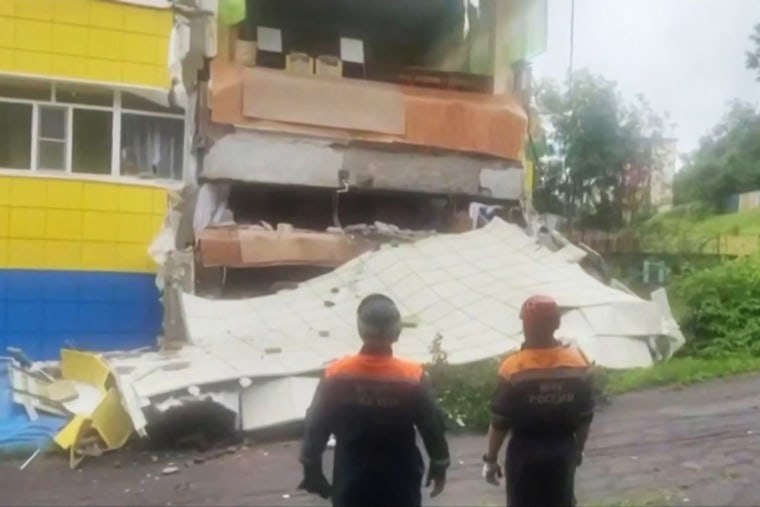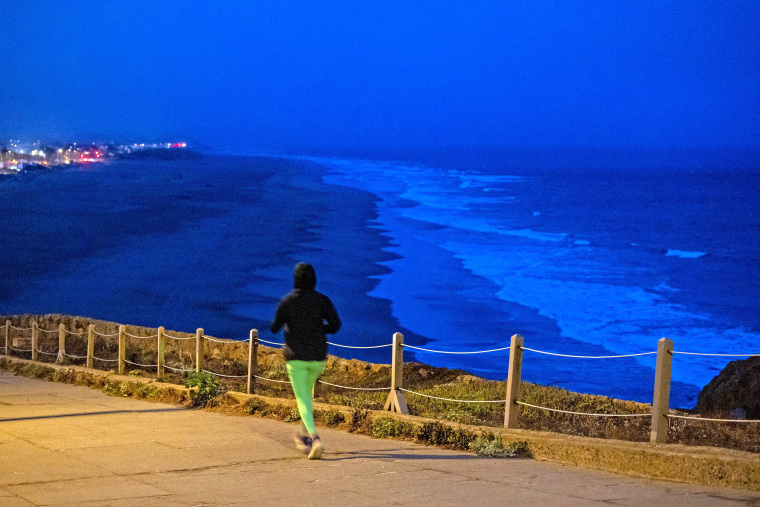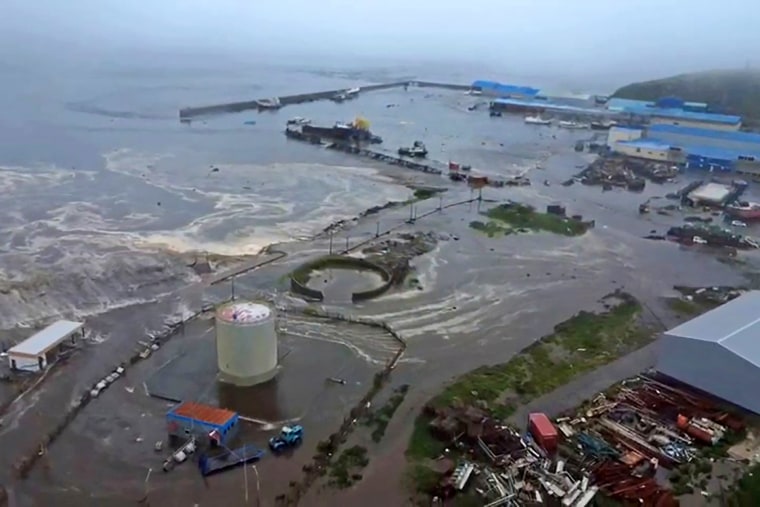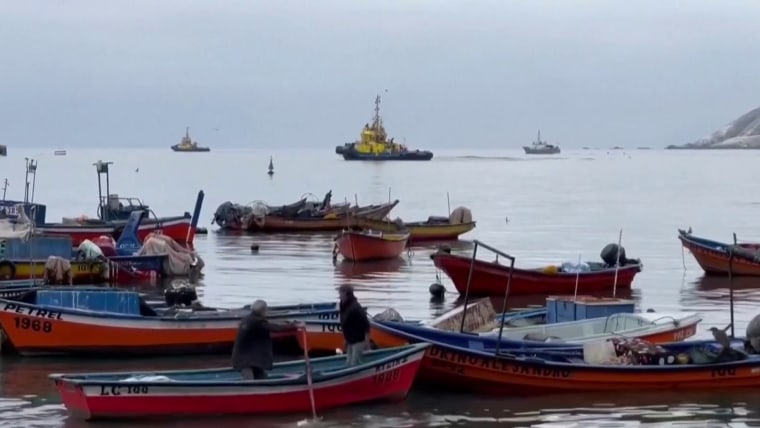A powerful 8.8-magnitude earthquake struck Wednesday off Russia's remote Far East, sending tsunami waves crashing into Hawaii and Japan and sparking evacuations and warnings across the Pacific.
Russia’s Tass news agency reported from the biggest city near the epicenter, Petropavlovsk-Kamchatsky, that cars swayed in the street and cabinets toppled over in homes. People frantically ran outside without shoes or outerwear, according to the news agency.
In the capital of the Kamchatka region, reports of power outages surfaced and cellphone service was unavailable. The first tsunami wave in Russia hit the coastal area of Severo-Kurilsk. Local governor Valery Limarenko said residents stayed on high ground until the threat of another wave had passed.
Waves also reached Hawaii, California, Washington and Japan.
Here's everything we know about the earthquake and the tsunami.
One of the strongest earthquakes in history
Video on social media showed a tent swaying and furniture furiously shaking during the quake.
The U.S. Geological Survey said that the tremor was shallow, at a depth of about 13 miles, and that it was centered about 75 miles east-southeast of the Russian city of Petropavlovsk-Kamchatsky.

Several buildings were damaged.
The earthquake is tied for the sixth-largest ever recorded, and it is the world’s largest since the 2011 earthquake off Japan, which set off the Fukushima tsunami and nuclear meltdown, according to the USGS.
Tsunami waves reached Pacific coast
The first waves reached Hawaii around 7:30 p.m. local time (1:30 a.m. Wednesday ET).
The Hawaii County Civil Defense Agency warned on X that additional waves could occur and told residents it was not safe to return to the tsunami evacuation zone.
Just before 11 p.m. local time, the tsunami warning was downgraded to an advisory, and the evacuation was lifted.

Waves also hit California, Washington and Japan, where nearly 2 million people were asked to evacuate.
The National Weather Service in Los Angeles said on X just before 4 a.m. ET that the waves had reached the California coast. They were showing up in Arena Cove and were making their way down the coast.
The agency warned residents to stay away out of the water.

"Even in areas not in a Tsunami Advisory, stay away from the water. Strong/dangerous currents will be likely along all #SoCal beaches today," the National Weather Service said Wednesday.
In Washington state, the National Weather Service in Seattle said on X just before 4 a.m. ET that the waves had arrived in La Push and Westport.
"Keep away from the water and shore until local officials say it is safe to return," it said.

In Japan, one wave arrived at 1:03 p.m. local time at Kuji port in Iwate prefecture on the main island of Honshu, according to Japan’s meteorological agency. Another hit at 1:11 p.m. local time in Hamanaka.
No deaths or major damage have been reported.
